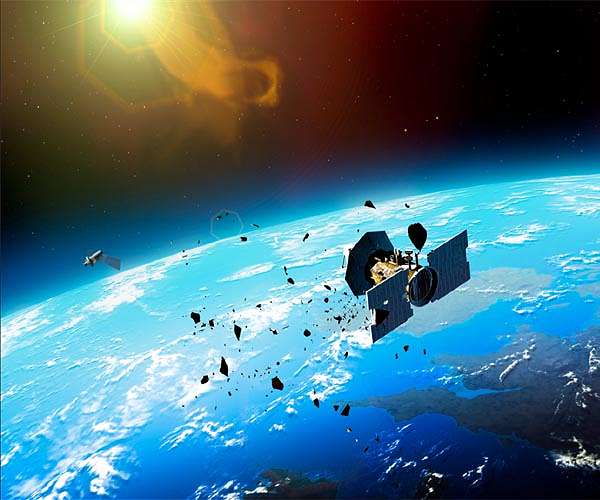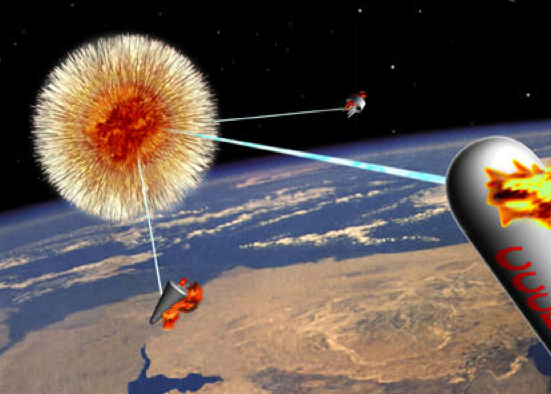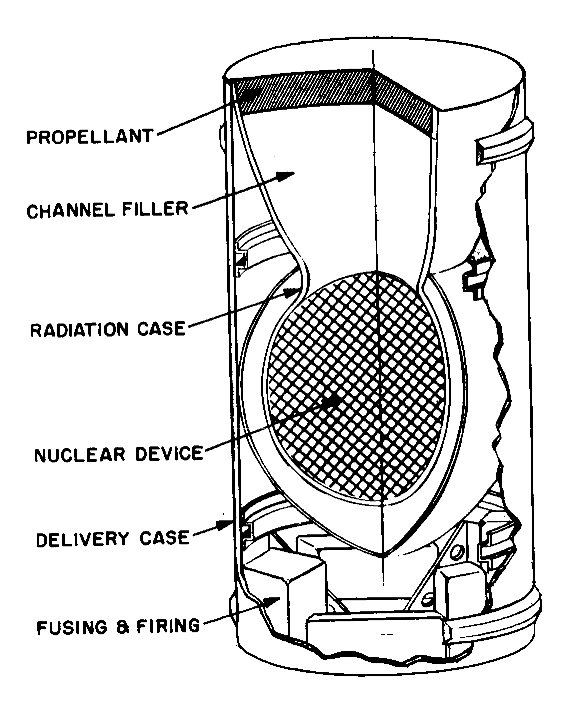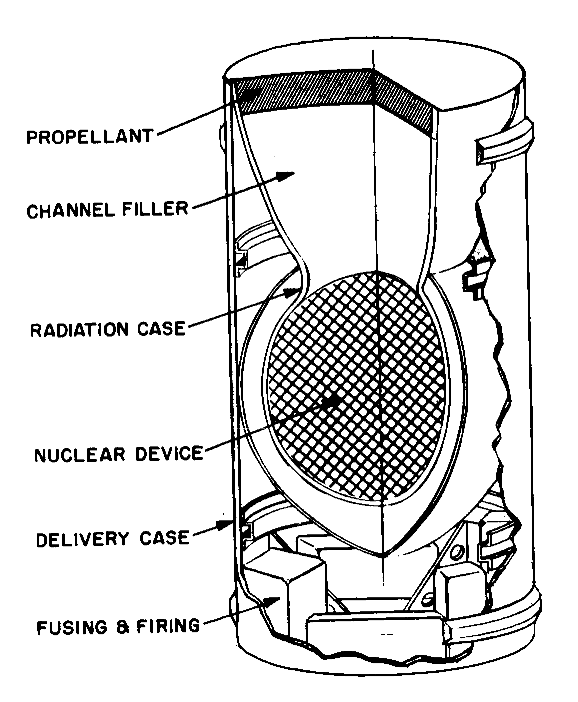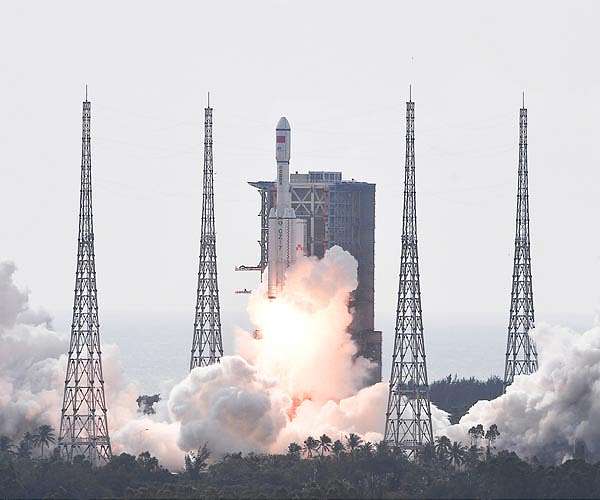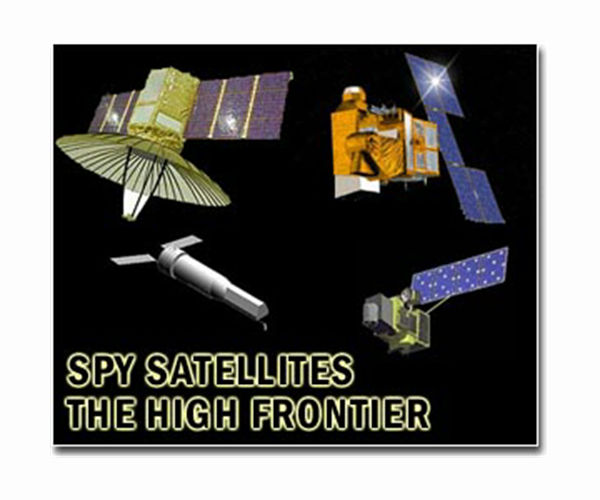This is just plain crazy if true. There has to be plans in place to respond to it in kind just in case.
Assuming it is in fact a nuclear warhead placed in orbit as some rumors insist, it is probably a payload loaded onto an ICBM, not a space booster, and it is probably only fired in the case of a conflict with all of dangers that an ICBM launch entails. Which is to say, it is pretty much like the original FOBS in use case, if not target set. And the consequences of deployment would also be similar. Again, assuming we are in fact talking about an orbital nuclear warhead, which is still a big IF to me.

